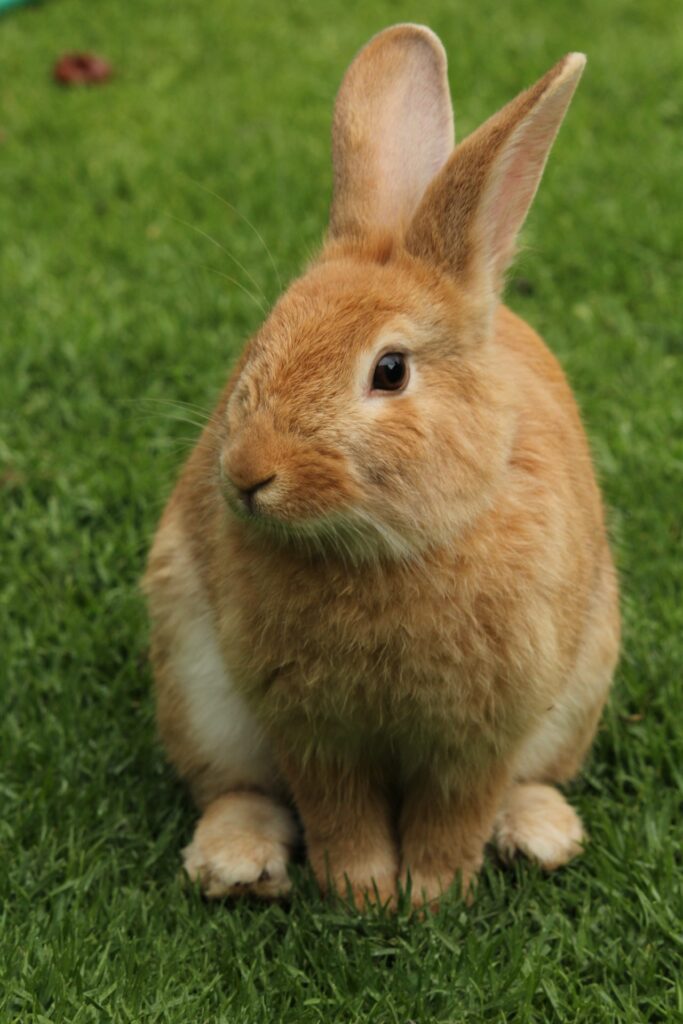The Best Types of Rabbit Hutch Set Up
Rabbit hutches come in various sizes and designs, each with advantages and disadvantages. Choosing the right hutch will help ensure your rabbit’s safety and comfort.
Setting up a rabbit hutch can be daunting, but with the right information, it can be an easy process. This article will provide you with all the information you need to know about the best rabbit hutch set up, including where to put it, what to put in it and how to make your rabbit feel at home.
The Best Types of Rabbit Hutches
- Indoor hutches – These enclosures can be placed inside a home or other structures to house rabbits. They offer plenty of ventilation and space for your pet and extra security from predators or other animals. They typically come with an attachment that allows them to be hung from the ceiling, making them easy to place in any room.
- Outdoor hutches – These are enclosed structures built outside (usually made out of wood) that keep your rabbit safe from the elements, such as rain or sunburn. They also provide enough room for your pet to move around without feeling cramped. Outdoor hutches should have a raised floor to help keep predators out and provide more air circulation for your rabbit.
- Wire cages – These are made of metal wires, usually in an open-top design for easy access and cleaning. The most significant advantage is their portability; you can quickly move these cages around the house if needed. However, they do not provide much insulation from cold weather or shade from direct sunlight, so it’s essential to keep them indoors during extreme temperatures.
How To Set Up a Rabbit Hutch
Setting up a rabbit hutch is relatively straightforward but takes planning and careful consideration of your living space.
Here are the steps involved:
- Measure the area where you plan on placing the hutch – measure both length and width to make sure it will fit comfortably in its intended location
- Gather all necessary materials – nails, screws, saws, levellers, etc., depending on which type of hutch you choose
- Assemble the pieces following the manufacturer’s instructions
- Place the hutch in its desired location
- Add bedding material such as straw or hay to the bottom of the enclosure to make it comfortable for your pet
6 . Make sure there are enough food and water dishes for your pet inside their enclosure
7 . Put toys or chewable items inside their cage for enrichment and stimulation
8 . Place a litter box inside so your bunny can use it when needed
9 . Place hiding spots inside, like cardboard boxes or tunnels, for additional comfort
10 . Monitor your bunny regularly to check their condition
The Best Materials to Build A Rabbit Hutch
The best type of materials to use for building a rabbit hutch are those that are sturdy and will provide your rabbit with a safe and comfortable environment. Some of the best materials to use include:
Wood: Wood is a popular material for rabbit hutches because it is strong and easily customised to fit your needs. It also provides good insulation against the weather. However, it is important to use untreated wood as paint, or other chemicals that can harm your rabbit.
Wire: Wire cages are popular because they are portable and easy to clean. However, they do not provide much insulation from the cold or shade from the sun.
Plastic: Plastic is a good option for indoor hutches as it is easy to clean and does not harbour insects or rodents. However, it can be easily damaged by rabbits’ chewing habits.
Precautions For Rabbit Hutches
To protect both rabbits from injury or disease transmission due to unhygienic conditions within a rabbit hutch several precautions need to be taken:
- Ensure proper ventilation so ammonia levels don’t become too high
- Regularly clean out any waste material with disinfectant cleaning solutions
- Use appropriate bedding materials that won’t irritate or harm rabbits
- Provide adequate protection against extreme weather conditions
- Give rabbits enough space so they can move around freely
- Place enclosures in areas away from drafts
- Monitor rabbits regularly for signs of illness or distress
- Ensure all parts used in construction meet safety standards
- Inspect cages/hutches daily for loose screws/nails
- Keep cords/wires away from enclosures where possible
Food & Water Precautions
You also need to monitor what your pet rabbit consumes closely.
- Provide fresh food and water every day
- Check food & water dishes daily for contamination
- Disinfect food & water dishes regularly according to the manufacturer’s instructions
- Make sure foods served contain only approved ingredients
- Store food properly in airtight containers
- Discard spoiled foods immediately
- Check all produce carefully before giving it to rabbits
FAQs About Rabbit Hutches
Q: How big should my rabbit hutch be?
A: The size of your rabbit hutch will depend on the size of your rabbit. A good rule of thumb is to provide your rabbit with at least 8 square feet of space.
Q: What material should I use to build my rabbit hutch?
A: The best material for a rabbit hutch set up is wood, as it is strong and can be easily customised. However, it is important to use untreated wood as paint, or other chemicals that can harm your rabbit.
Q: What should I put in my rabbit hutch?
A: In addition to a bedding material like straw or hay, you should provide your rabbit with a food dish, water dish, and litter box. You can also provide your rabbit with toys or chewable items for enrichment.
Q: Where should I put my rabbit hutch?
A: The best place to put your rabbit hutch is in a shady spot outdoors to protect it from the wind and rain. Make sure the location you choose has good ventilation.
The Best Rabbit Tch Set Up – Final Thoughts
So, there you have it – everything you need to know about setting up a rabbit hutch. Following these simple steps ensures that your rabbit is happy and healthy in their new home. Remember to take precautions when building the hutch and to keep an eye on your pet’s health and well-being at all times. And most importantly, have fun with this new addition to your family!
If you want to get your rabbit insured, Furrr.co.uk is the perfect place to do it! With comprehensive coverage and affordable rates, Furrr.com has you covered – so you can focus on what’s really important – taking care of your furry friend. Get a free quote today and see how much you could save!
Now that you have all the information, go on and get the rabbit hutch setup! Good luck!










